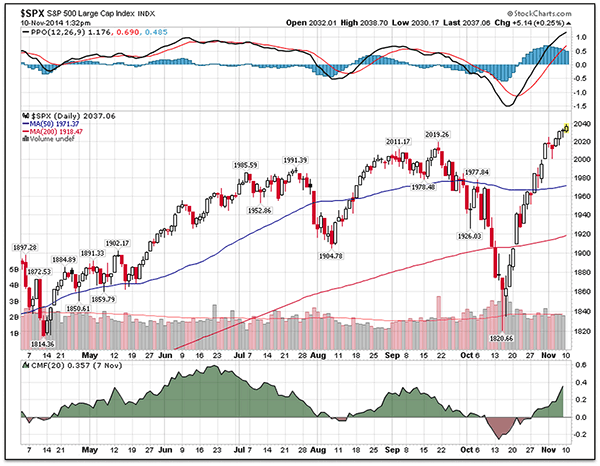 Artist Guidelines
Artist Guidelines
These guidelines are provided to acquaint you, as a Technical Analysis of STOCKS & COMMODITIES artist or prospective artist, with our needs and requirements, as well as to provide you with some basic information about submitting art to STOCKS & COMMODITIES for publication.
What is Technical Analysis?
Technical analysis is a form of financial market analysis that studies demand and supply for securities and commodities. This analysis is based on studies of price and trading volume. Using charts and modeling techniques, technicians attempt to identify price trends in a market.
Charting is the most common method of analysis for technical analysts. Traders chart price movement in various markets either by hand or by computer. Because charts are such a basic component of technical analysis, most illustrations for articles will incorporate some chart elements. Below is a typical price chart that a technical analyst or investor might study:

Technical Analysis of STOCKS & COMMODITIES is a monthly magazine for traders and investors who trade or invest in securities, commodities, options, mutual funds or other tradables. Our readers include institutional as well as individual investors. The magazine is an educational, how-to publication that covers a variety of subject categories in each issue. Some of those categories are trading techniques and methods, computerized techniques, statistical and mathematical analysis, artificial intelligence, psychology of trading, and product reviews.
Art Content, Style & Use of Color
We are looking for art that is relevant to technical analysis and trading as well as to the article for which the art piece is assigned. The Art Director, Christine Morrison assigns art monthly for an upcoming issue. Each art order will list the specifications and other important information about each art assignment, including art dimensions, deadlines and ideas for content. A summary of an article scheduled to be published is sent with an art assignment to help establish a theme for the art. However, because the editorial content of any issue may change without notice at any time, art submitted may be used with another article in the same issue instead.
Cover Art
For cover art, we require two elements to be present: first, that the content of the art is generically representational of technical analysis and trading; and second, that colors used are bright enough to stand out on the newsstand.
The cover art for any given issue is usually used inside the magazine as well to introduce one of our articles. Therefore, the concept used for the cover art will usually be based on an article.
Click here to see all the covers of STOCKS & COMMODITIES magazine, from the very first issue to the most recent issue. Click on each cover for a larger version.
Copyrights
Upon acceptance, Technical Analysis, Inc. acquires one-time rights to the artwork plus reprint rights. Reprint rights include the right to reuse an image whenever a page of the magazine or magazine cover is reprinted, such as in book form, on computer disk or other media. Your material must be an original work that has not been previously published and is not currently under consideration by any other publication.
Payment
Payment is made upon publication. Payment for art varies depending on the art budget for that issue and art specifications, such as whether the piece will be color or black and white and whether the piece is for the cover or inside the magazine. Payment information for each art assignment will be included in the art order.
To receive payment, we need the following information: Artist's name, address, telephone number and Social Security Number (SSN). You can include all this information in an invoice sent to us based on your art order.
Payment is mailed along with a tearsheet or copy of the STOCKS & COMMODITIES issue in which the art appears. Artists wishing additional copies of the issue in which their work appears may order them from the main office (currently $3.50 per copy). Large quantity orders should be arranged prior to publication. Reprint rates are available for quantities of 100 or more.